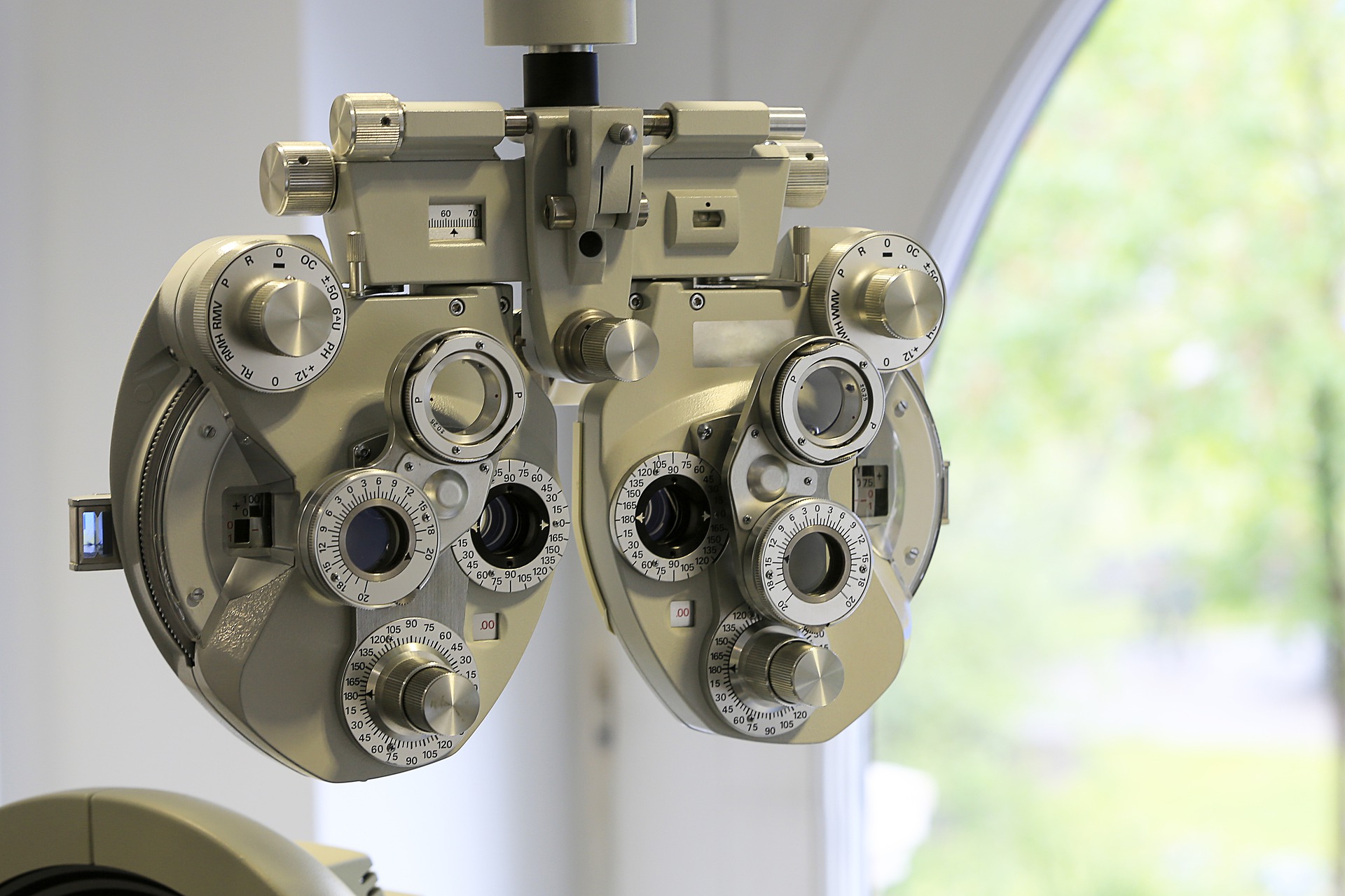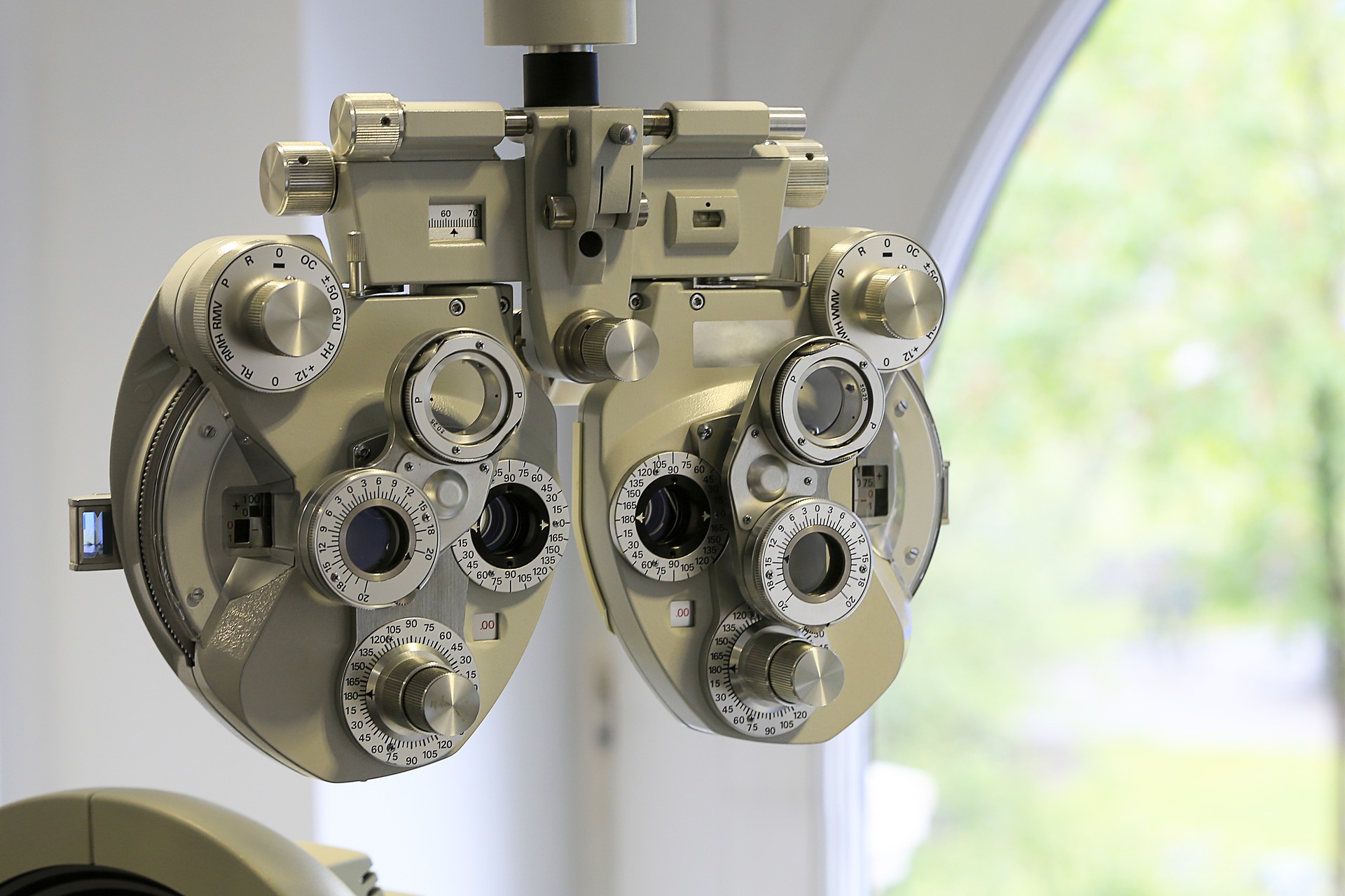Vision Community Recognizes International Age-Related Macular Degeneration (AMD) Awareness Week 2021

 Each September during Healthy Aging Month, the vision community joins to recognize International Age-Related Macular Degeneration (AMD) Awareness Week. This continued acknowledgment of AMD is important, as it is a leading cause of blindness and low vision in the United States and the developed world. It destroys central vision through proliferation of new blood vessels (“wet” or neovascular AMD) or gradual breakdown of cells (“dry” AMD or geographic atrophy) in and around the light-sensitive retina. Since it affects the macula—the central part of the light sensitive back of the eye called the retina—AMD vision loss makes it difficult to read, drive, and perform everyday tasks, thereby affecting productivity, independence, and quality of life and adding greatly to the total United States cost burden of eye disease, projected to reach $717 billion annually by year 2050 (inflation-adjusted). The National Eye Institute (NEI) within the National Institutes of Health (NIH) estimates that 200,000 Americans each year develop advanced AMD.
Each September during Healthy Aging Month, the vision community joins to recognize International Age-Related Macular Degeneration (AMD) Awareness Week. This continued acknowledgment of AMD is important, as it is a leading cause of blindness and low vision in the United States and the developed world. It destroys central vision through proliferation of new blood vessels (“wet” or neovascular AMD) or gradual breakdown of cells (“dry” AMD or geographic atrophy) in and around the light-sensitive retina. Since it affects the macula—the central part of the light sensitive back of the eye called the retina—AMD vision loss makes it difficult to read, drive, and perform everyday tasks, thereby affecting productivity, independence, and quality of life and adding greatly to the total United States cost burden of eye disease, projected to reach $717 billion annually by year 2050 (inflation-adjusted). The National Eye Institute (NEI) within the National Institutes of Health (NIH) estimates that 200,000 Americans each year develop advanced AMD.
NEI intramural researchers and grantees, as well as researchers in private industry, have made great strides in studying “wet” and “dry” AMD through genetics, biological pathways, and biomarkers, They are using imaging technologies, specifically NIH-funded Optical Coherence Tomography, or OCT, which creates three-dimensional images of the retina. The “Big Data” captured in OCT images is being used to develop Artificial Intelligence (AI) algorithms that detect both “wet” and “dry” AMD, classify severity, and predict the risk of progression to late-stage disease. AI is even being used to assist retina specialists in making treatment decisions.
Regarding treatments, clinicians have made significant progress in treating “wet” AMD patients as a result of Food and Drug Administration (FDA)-approved anti-Vascular Endothelial Growth Factor (VEGF) drug therapies that emerged from NIH-funded research to stabilize vision loss and potentially improve lost vision. The NEI has funded comparison trials of these anti-VEGF drugs, which are injected into the eye, to provide doctors and patients with information to choose best treatment options.
A treatment for “dry” AMD has proven more elusive. However, in late 2019, the NEI began a first-in-human clinical trial of an induced pluripotent stem cell (iPSC)-based therapy to treat geographic atrophy.
The therapy takes a patient’s blood cells and converts them into induced pluripotent stem cells that are programmed to become retinal pigment epithelial (RPE) cells—the type that dies in AMD. The matrix of new RPE cells is then “patched” into the retina, shoring up remaining RPE cells necessary to nurture the light-sensing photoreceptor cells. Within the decade, the FDA may be approving this therapy or other stem cell-based therapies for treating “dry” AMD.
In September, the Alliance for Eye and Vision Research (AEVR) is hosting its annual International AMD Awareness Week Congressional Briefing. Held virtually on September 21, the Briefing entitled The Latest on Clinical Practice and Research for AMD Patients will feature clinician-scientist Amir H. Kashani, MD (Wilmer Eye Institute/Johns Hopkins) and Kapil Bharti, PhD (NEI)—both of whom have been engaged in stem cell-based “dry” AMD research.




